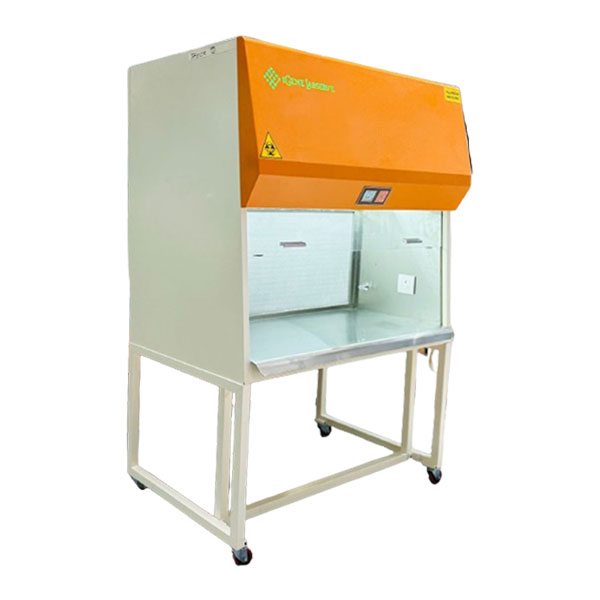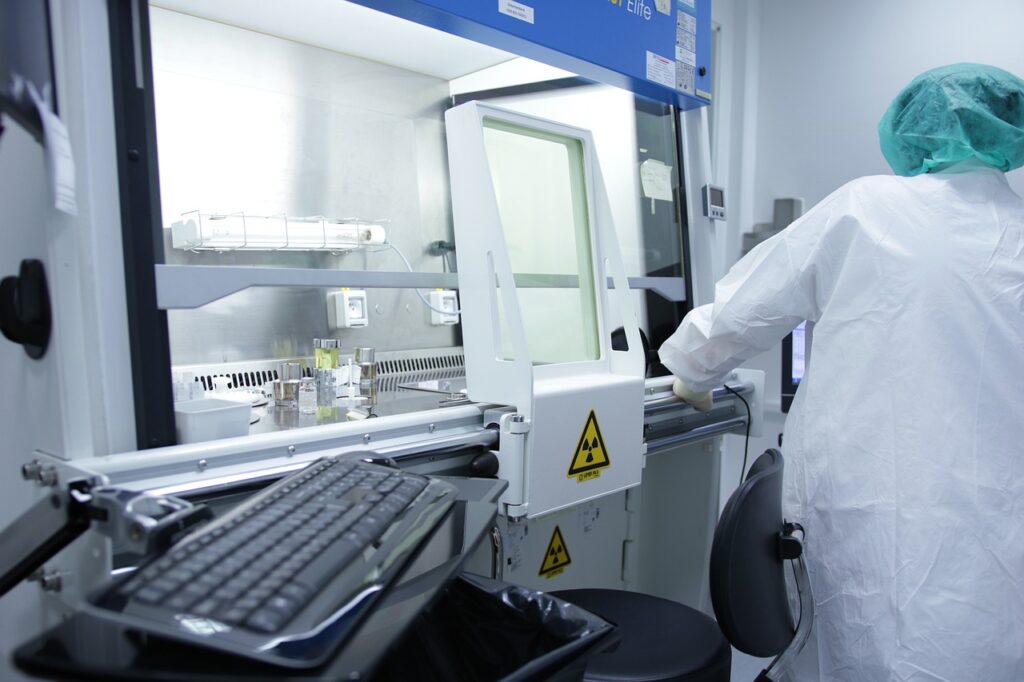Laminar air flow is a controlled air flow used in various settings, particularly in environments requiring a high degree of cleanliness and sterility. This post will help you understand the benefits of this particular equipment.
Laminar Air Flow, commonly utilized across industries like healthcare, pharmaceuticals, and electronics manufacturing, offers numerous benefits through its capacity to create a regulated, sterile environment. Below are some of its primary advantages:
Control of Contamination:
The systems minimize the risk of airborne contamination by guiding air uniformly in parallel streams with minimal turbulence. This is especially critical in environments where even small particles can compromise product integrity or threaten patient safety, such as in operating rooms, cleanrooms, and laboratories.
Improved Product Quality:

In industries with processes sensitive to airborne particulates, such as semiconductor fabrication or pharmaceutical production, laminar airflow plays a critical role in maintaining a sterile and particle-free environment. This is essential for upholding product integrity and minimizing the risk of defects, ultimately leading to improved product quality.
Worker Safety:
Laminar systems help create a safer working environment for employees by reducing the presence of airborne pathogens and contaminants. This is particularly crucial in industries where exposure to hazardous substances or biological agents is a concern.
Regulatory Compliance:
Strict regulations governing the cleanliness and quality of the air apply to many businesses. By offering a regulated environment that satisfies or surpasses necessary cleanliness standards, such as ISO classifications for cleanrooms, laminar airflow systems assist facilities in adhering to these rules.
Patient Safety in Healthcare Settings:
Laminar air flow is frequently used in operating rooms, intensive care units, and isolation rooms in healthcare facilities in order to reduce the danger of airborne pathogen transmission and surgical site infections. This is crucial for safeguarding individuals undergoing invasive treatments or those with weakened immune systems.
Decreased Cross-Contamination:
It creates a barrier between several work zones, helps reduce cross-contamination in settings where several processes or products are handled concurrently. This is especially important in sectors where even small levels of contamination can result in serious product losses or safety hazards, such as the food processing and electronics manufacturing industries.
Energy Efficiency:
The systems have a high initial installation cost, but because of their effective design and operation, they frequently save energy over the long run. Compared to conventional ventilation systems, these systems use less energy to maintain cleanroom conditions because they accurately control air circulation and minimize turbulence.
Improved Worker Comfort:
By offering consistent temperature and humidity management in addition to better air quality, laminar airflow systems can also help create a more comfortable working environment. Employee morale and productivity may increase as a result, especially in situations where workers are required to spend a lot of time in controlled conditions.
All things considered, laminar airflow provides a thorough approach to upholding hygienic and regulated conditions in a variety of industries, leading to enhanced product quality, safety, and regulatory compliance.
Please get in touch with IGene Labserve if you’re having trouble locating a dependable supplier of Laminar Air Flow. Call 09310696848 or visit our website at https://www.igenels.com to speak with someone.

